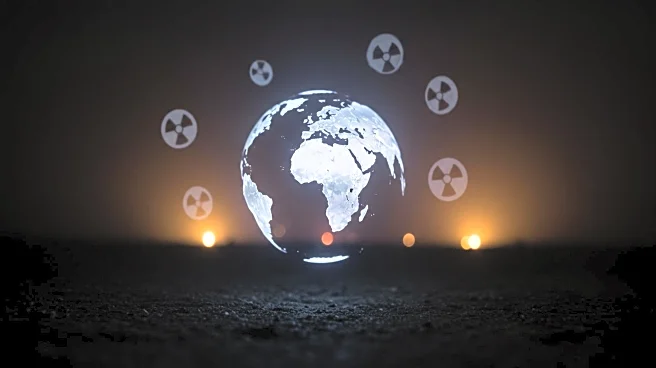Rapid Read • 6 min read
Skin cancer remains the most prevalent form of cancer in the United States, largely due to overexposure to ultraviolet (UV) radiation from the sun or tanning beds. As summer concludes, individuals are encouraged to inspect their skin for changes that may indicate skin cancer. Dr. Asha Patel Shah, a board-certified dermatologist, emphasizes the importance of self-examinations to identify potential skin cancer signs early. She outlines nine types of skin changes to watch for, including asymmetry, irregular borders, and color changes in moles or lesions. The three main types of skin cancer are basal cell carcinoma, squamous cell carcinoma, and melanoma, with melanoma being the most dangerous. Patel Shah advises monthly self-exams, especially for those at higher risk, and recommends annual visits to a dermatologist for those with a history of skin cancer.
AD
Early detection of skin cancer can significantly improve treatment outcomes and survival rates. By educating the public on the 'ABCDEs' of skin cancer, individuals can better recognize suspicious changes in their skin and seek medical advice promptly. This proactive approach is crucial in reducing the mortality rate associated with skin cancer, which claims the lives of two Americans every hour. Increased awareness and regular self-examinations can lead to earlier diagnosis and treatment, potentially saving lives and reducing healthcare costs associated with advanced cancer treatments.
AD
More Stories You Might Enjoy











